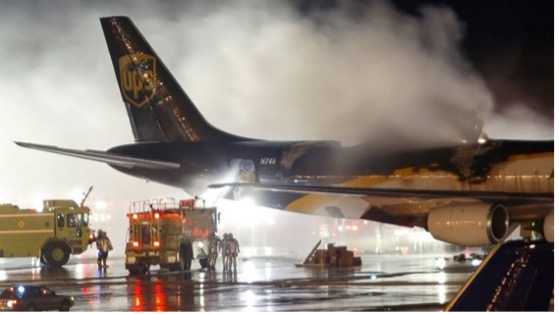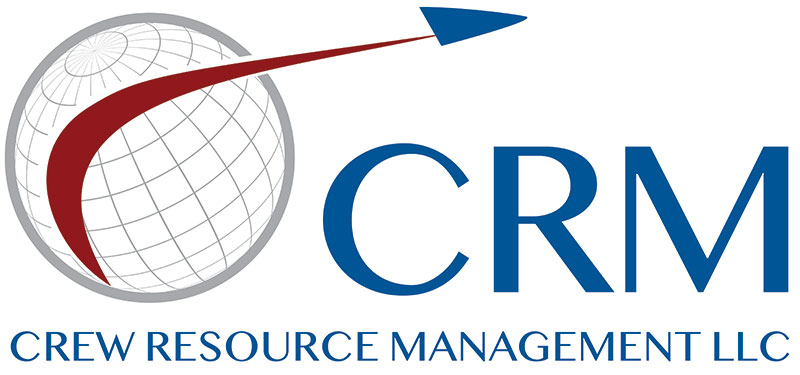“Miracle on the Hudson” – The Human Element

At a time of burgeoning demand for experienced pilots and with the 15th anniversary of US Air flight 1549 upon us, it seems like a perfect time to reflect upon the importance of the adaptability of the human element in today’s complex aviation environment. Reflecting upon human performance, we must always consider the impact of a […]
Lithium-Ion Batteries: Many Positives, a Few Negatives

Lithium-ion (L-I) batteries are widely used in various electric-powered devices, from smartphones, cameras and laptops to e-bikes, hybrid and electric vehicles and power tools. These batteries are popular due to their portability, high energy density and long-lasting performance, together with a relatively rapid charging capability. Despite their obvious advantages, L-I batteries also pose a non-negligible risk of […]
Human Factors vs. Common Sense – Not So Common!

The study of Human Factors is the cornerstone of understanding Crew Resource Management. Human Factors (HF) is often characterized as just common sense. This is not accurate. Human Factors is a science with experimentation and hard data as its underpinning, while common sense is, well, just not that common. A primary driver for asserting the […]
My First Podcast: Automation Overload

Interview with Patrick Mendenhall: Automation & Technology Management I recently sat down with TrainingPort Lead Technical Advisor, Brent Fishlock, to discuss a number of Crew Resource Management issues. Chief among them was a very timely topic of Automation Overload. Automation and technology have certainly made our lives better, but they have not come without a […]
Threat Management: “Expected” Threats

“Thinking” as an Antidote to Complacency… Threat and Error Management is the cornerstone of Crew Resource Management. So much so that it is the only training element that the new Transport Canada Contemporary CRM guide (Transport Canada AC 700-042) will require it to be presented annually as opposed to the other training elements which are […]
It is Always Better to Manage the Threat than to have to React to It!

On October 12th of last year, we were dispatched on a flight from Atlanta to Portland. The remnants from Hurricane Matthew had finally cleared in the Southeast at least, but the forecast for our 7:00 PM arrival in Portland was pretty much at Category I minimums. With a couple of decent alternates available and some […]
How a Retailer has Adapted HRO Principles with Great Results

My wife and I recently downsized to a brand spanking new condo. Along with fresh paint and a few other personal touches, purchasing new window treatments was high on our list of move-in priorities. After diligent consumer research (and yes, influenced by a fairly intense advertising campaign), we chose Blinds.com to deal with that task. […]
“…just two guys in a box” – Really?

by Suzanne Gordon & Patrick Mendenhall As we have gone around the country discussing our book Beyond the Checklist: What Else Health Care Can Learn from Aviation Teamwork and Safety, we have been struck by the number of people who insist that healthcare has little to learn from aviation because the two enterprises are entirely […]
Hey Chief… People are Talking – Are You Listening?

One of the most successful aspects of the aviation safety model is that we, as a culture, have learned how to learn from our mistakes. I was recently invited to speak to a couple of healthcare / patient safety audiences where I was warned by one of my hosts that when it came to learning […]
Can we Fly and Talk at the Same Time? – PLEASE?

Lessons from Asiana 214: What All HROs Can Learn In the July 15, 2013 edition of Aviation Week and Space Technology, John Croft comments that “…over-reliance on automation systems appears to have trumped basic flying skills and crew resource management [CRM] in the crash of Asiana 214…” Like a child learning to walk, the aviation […]

